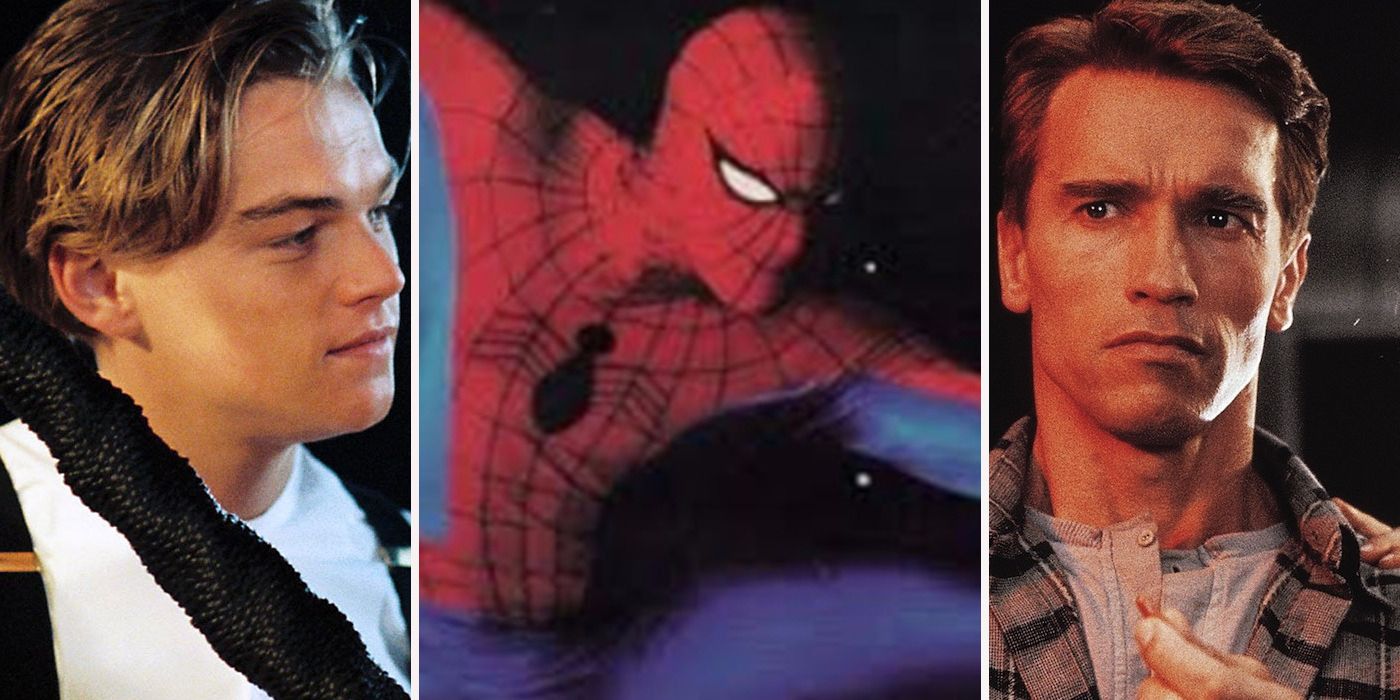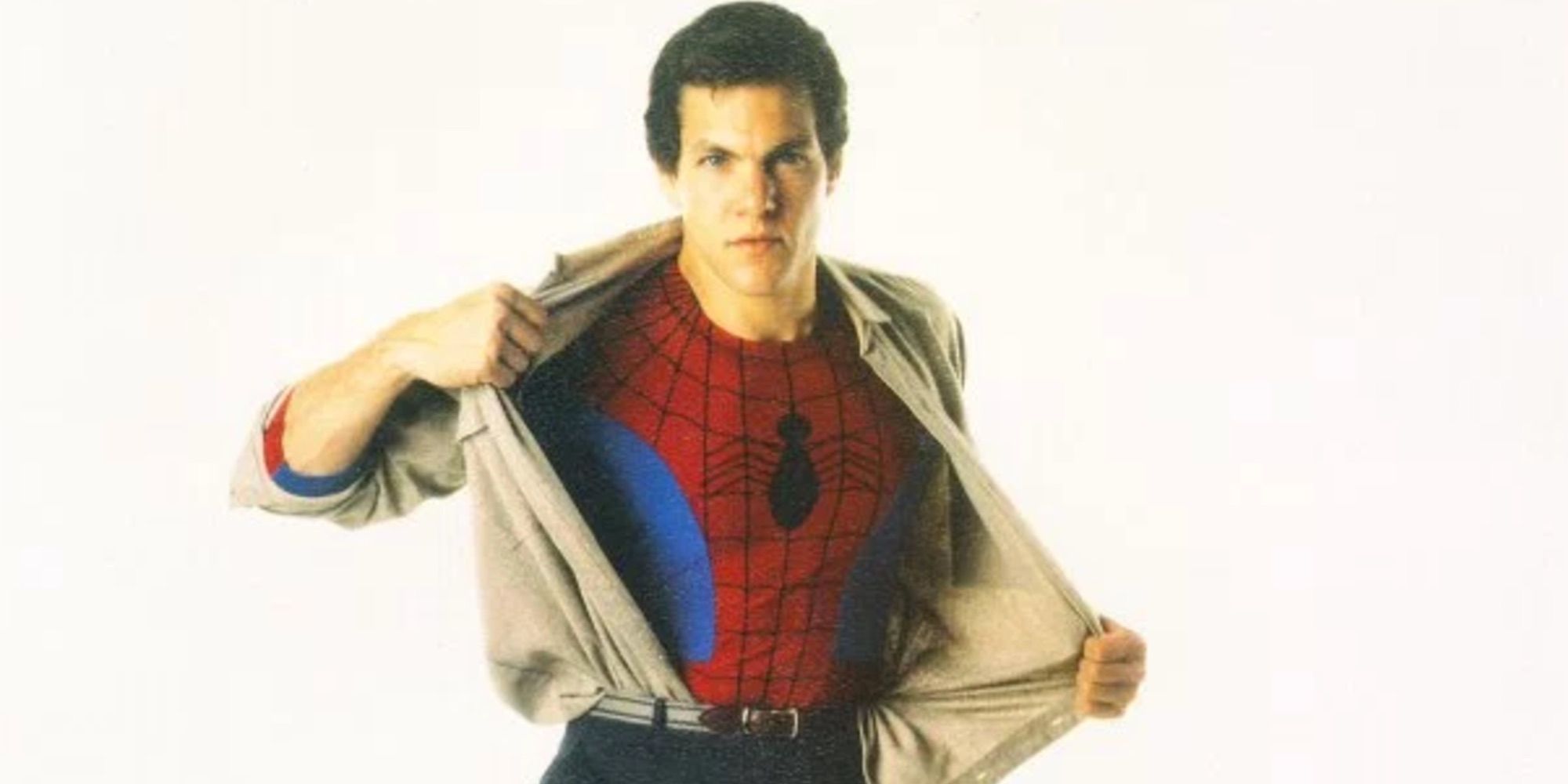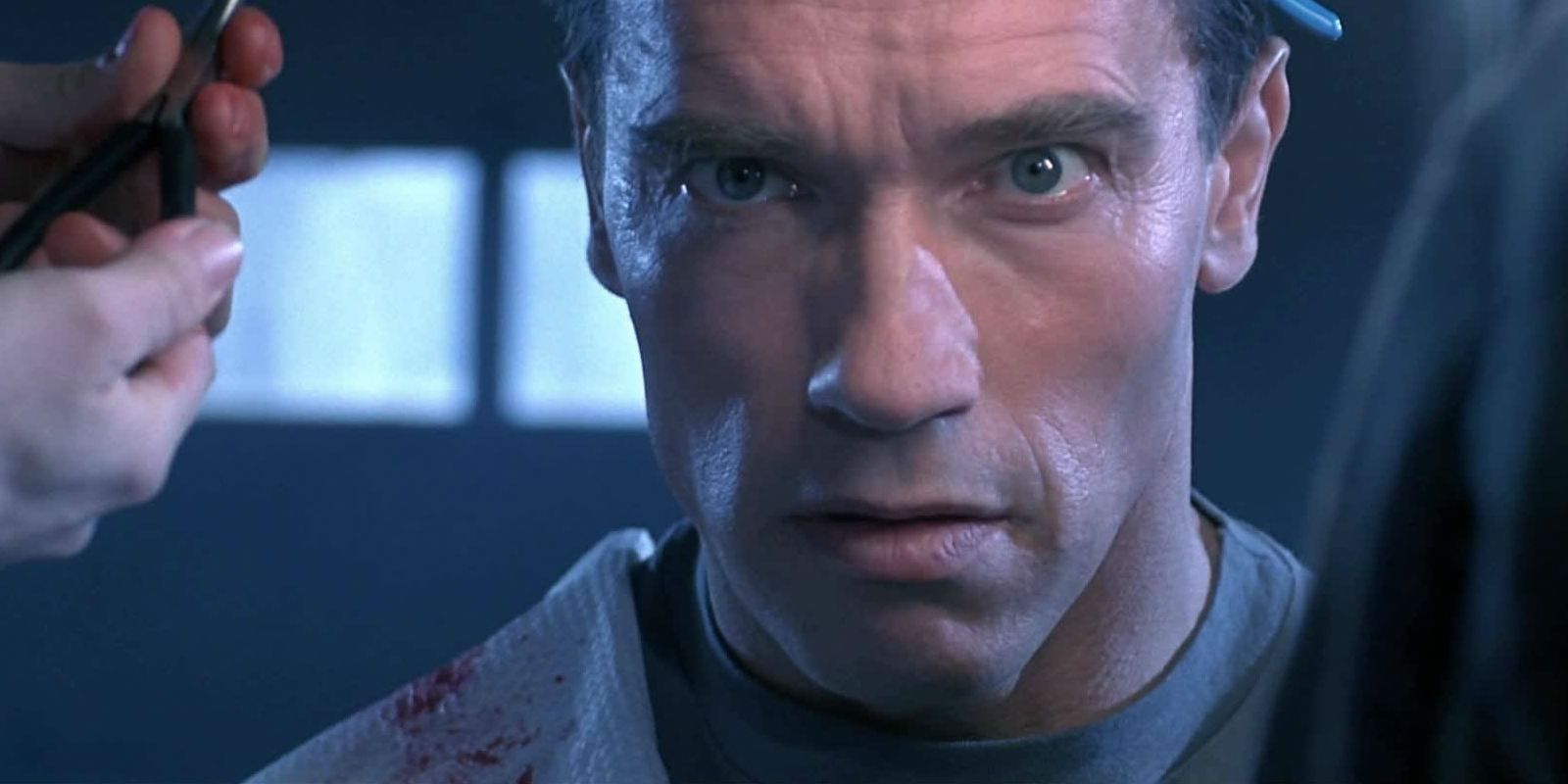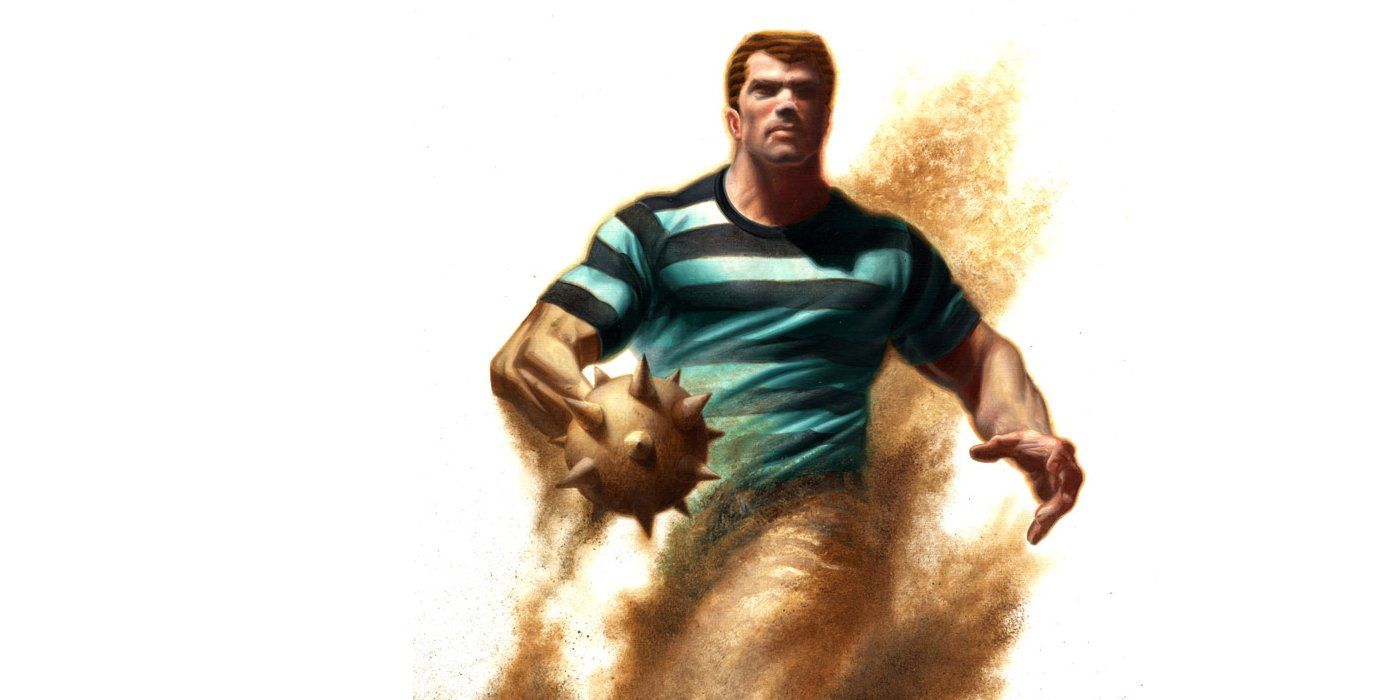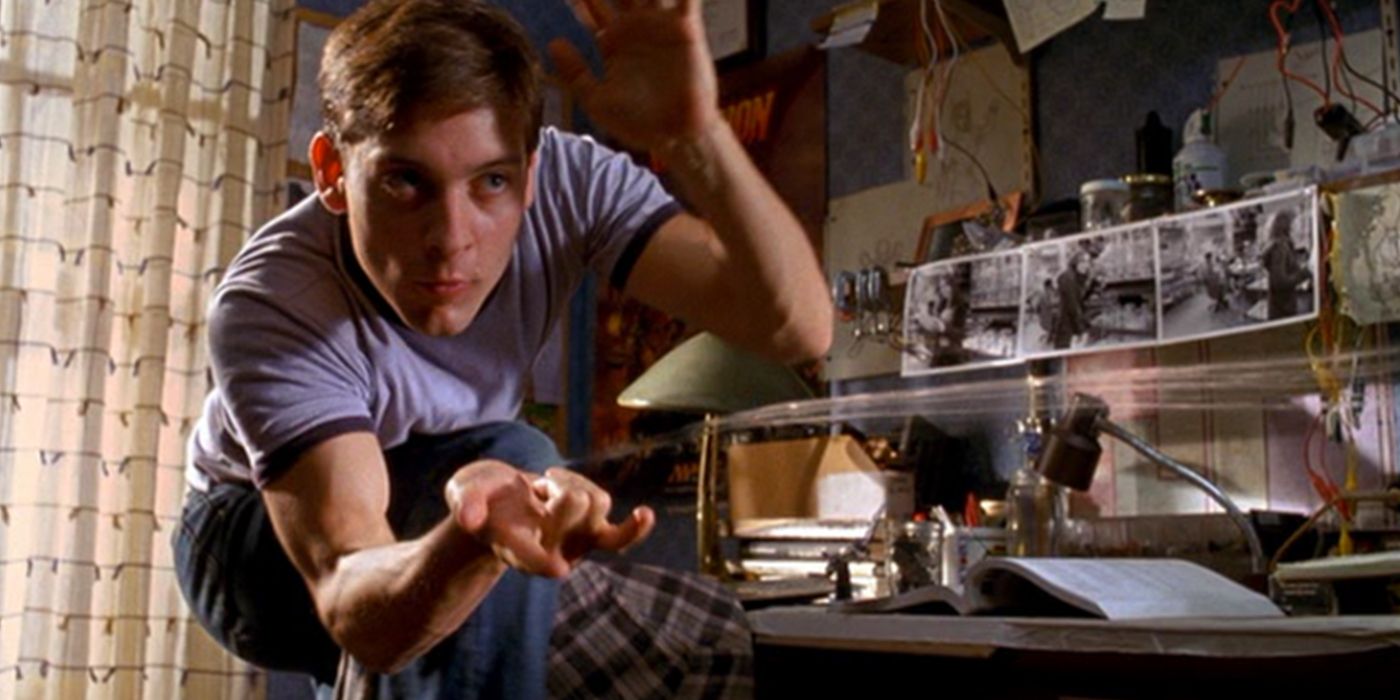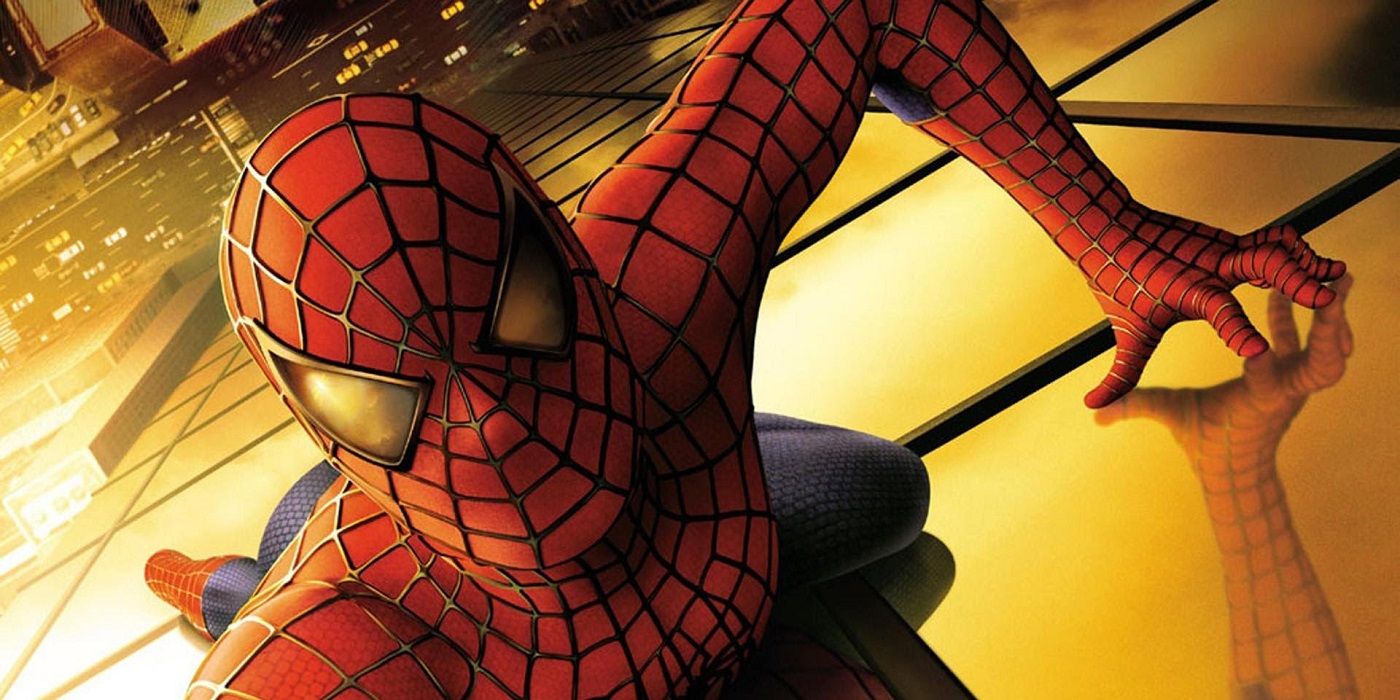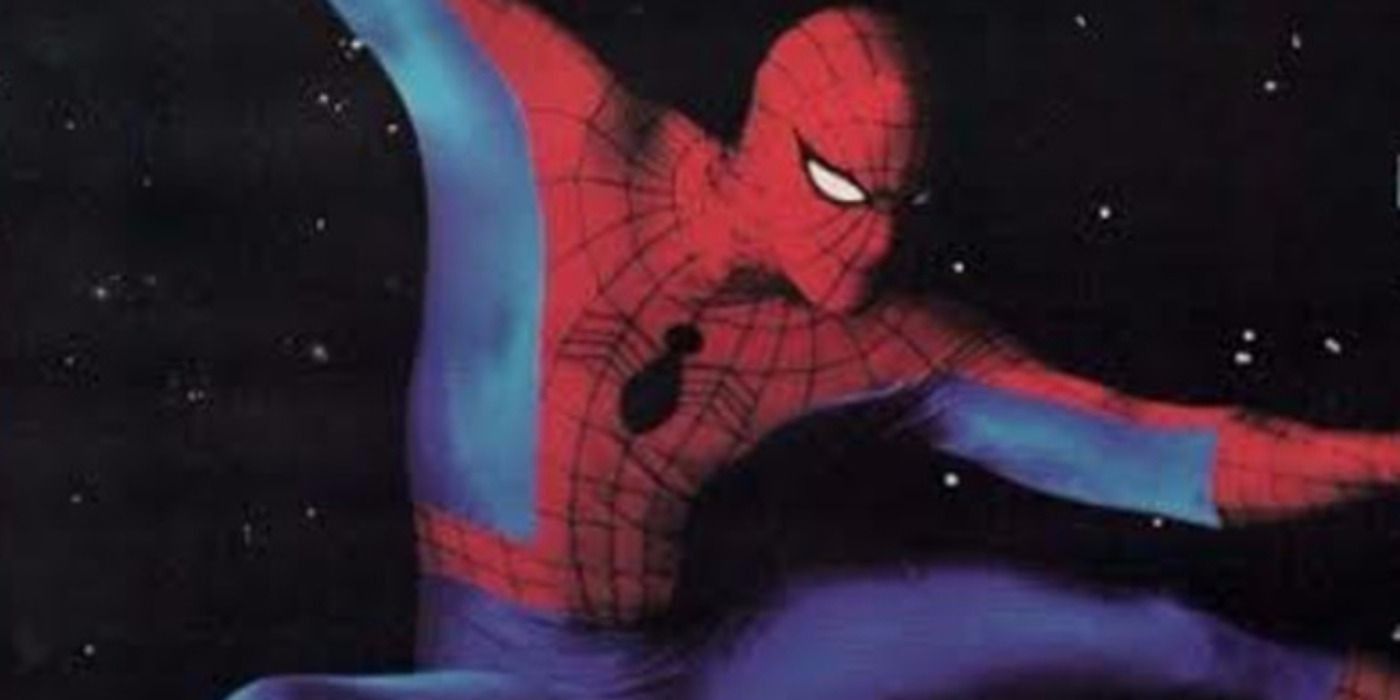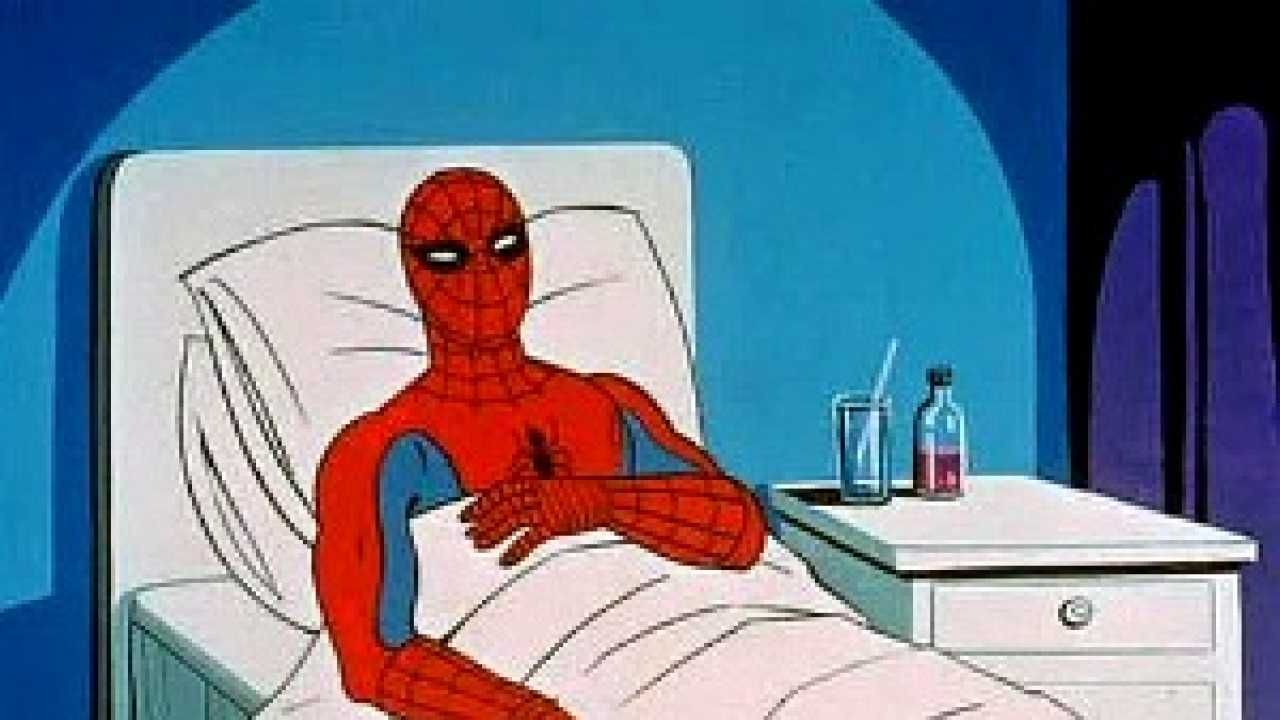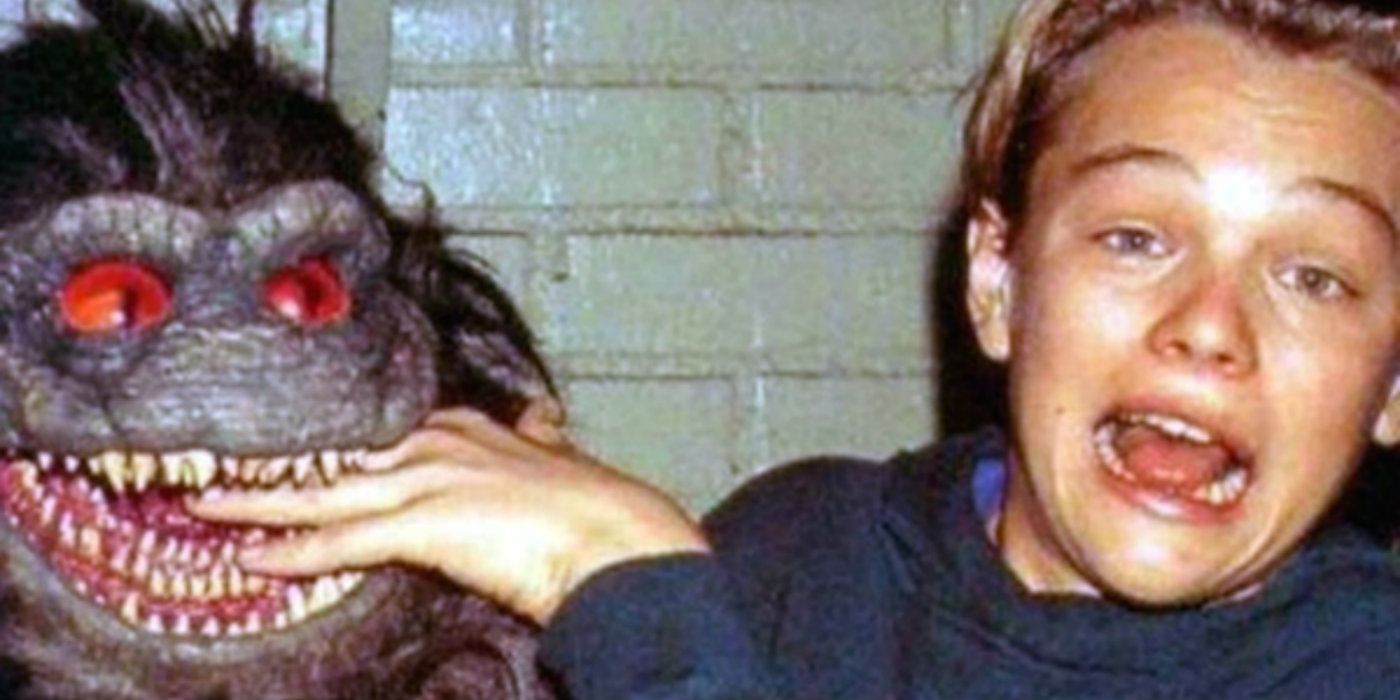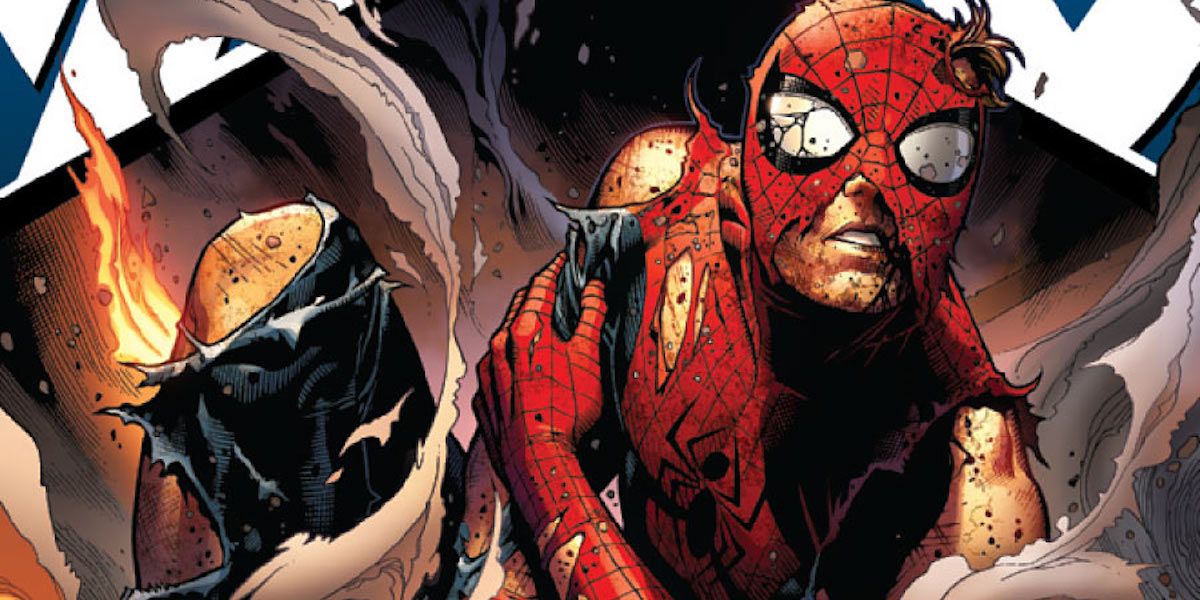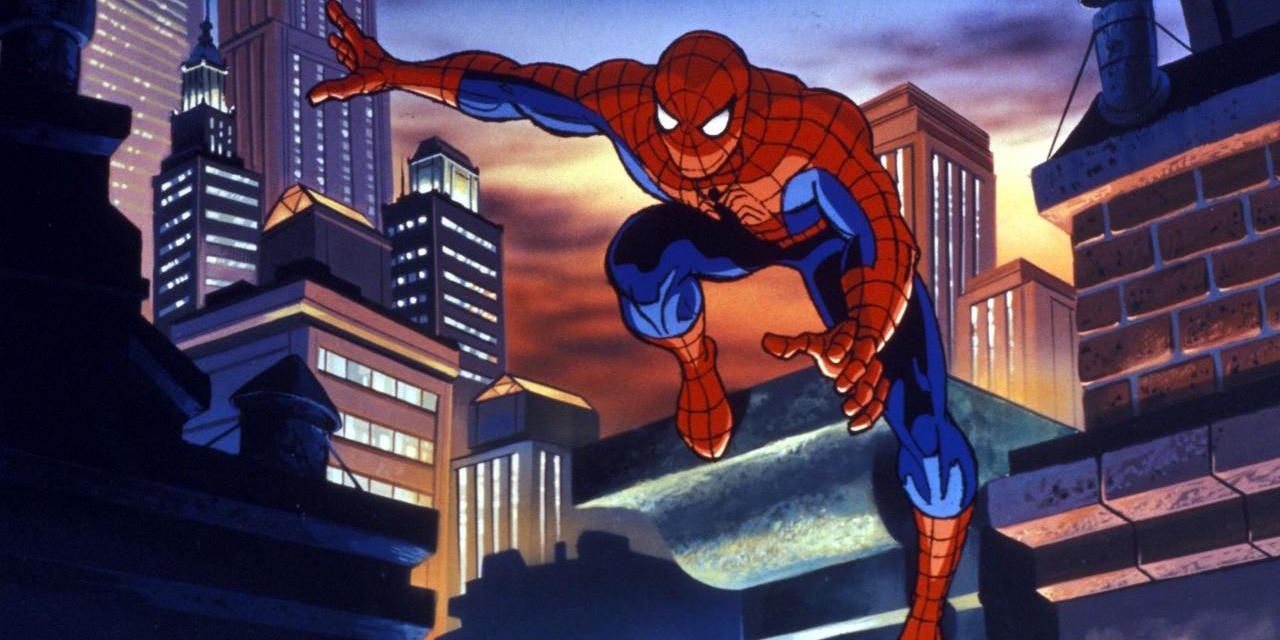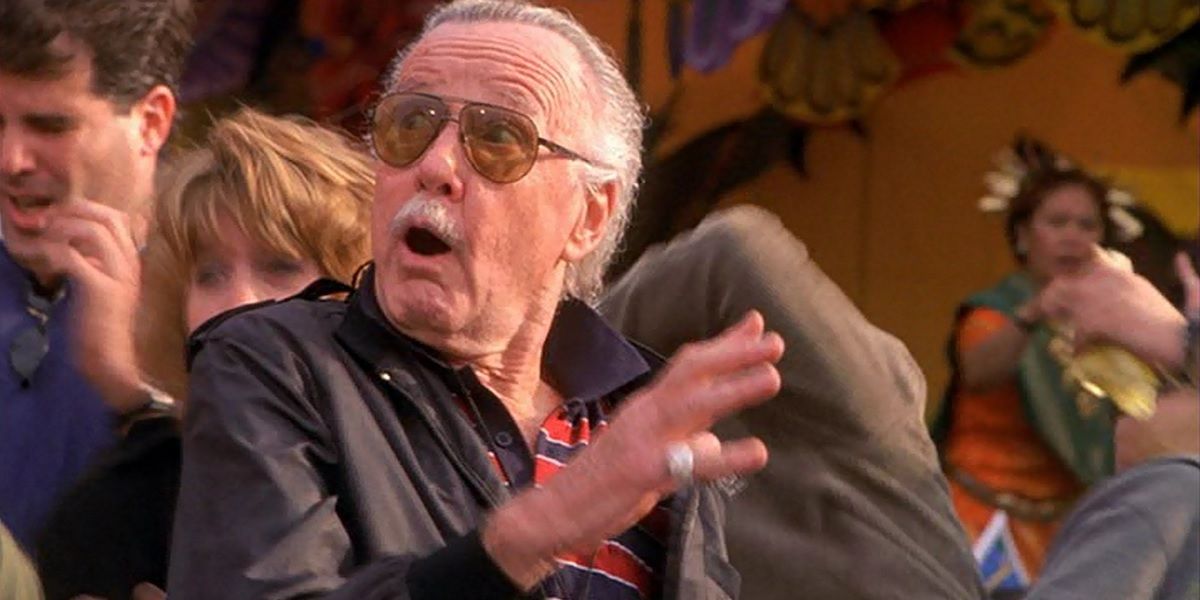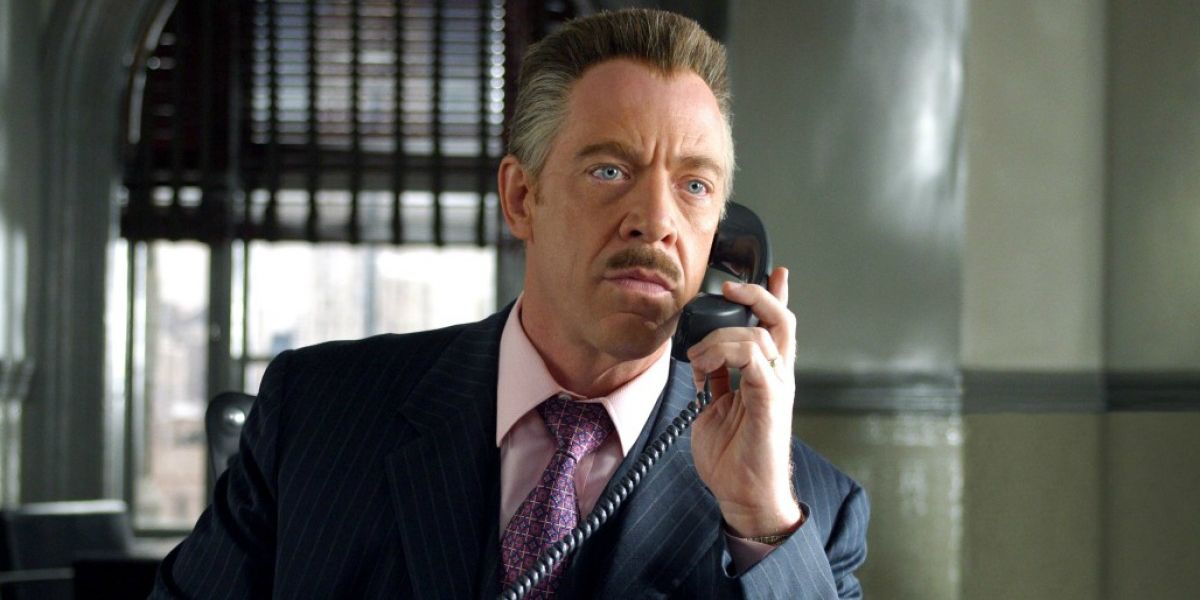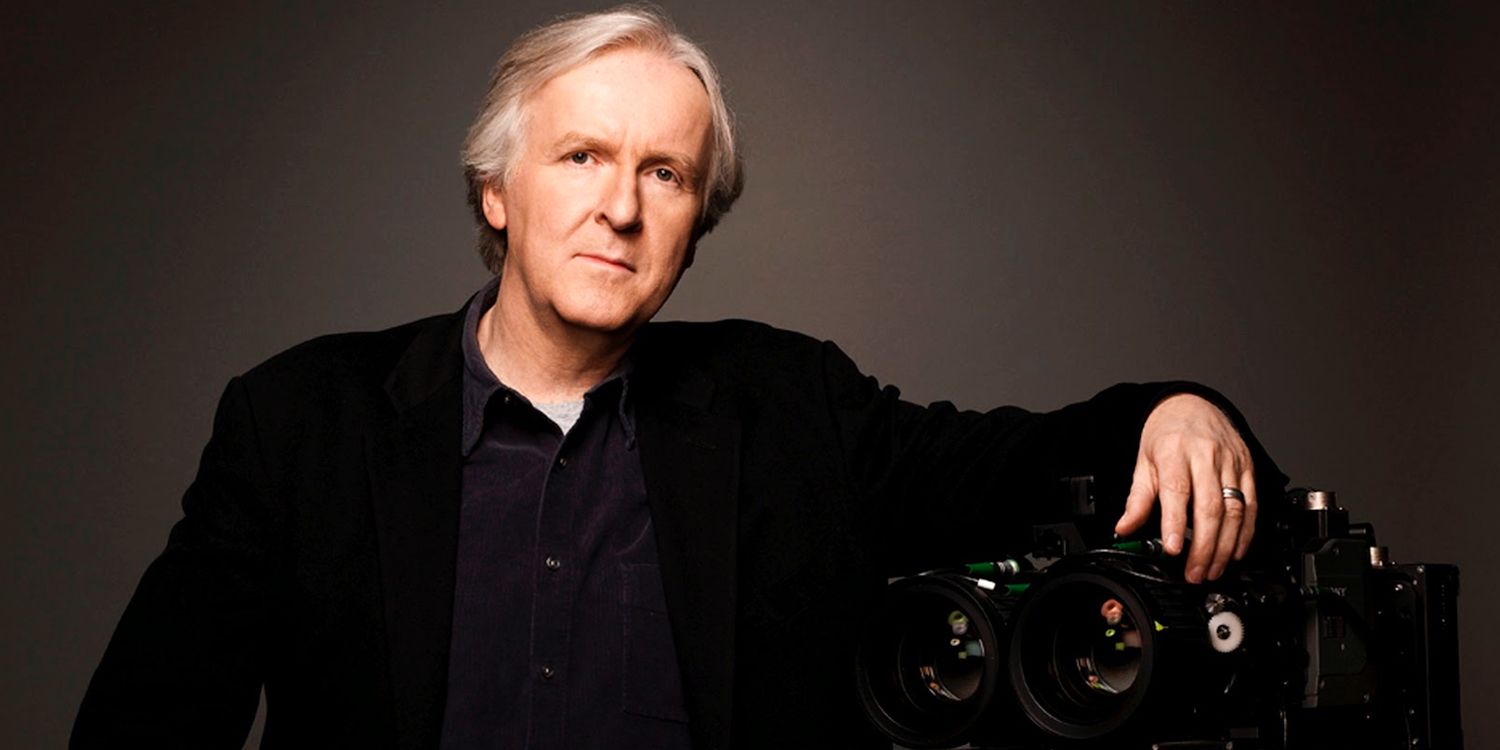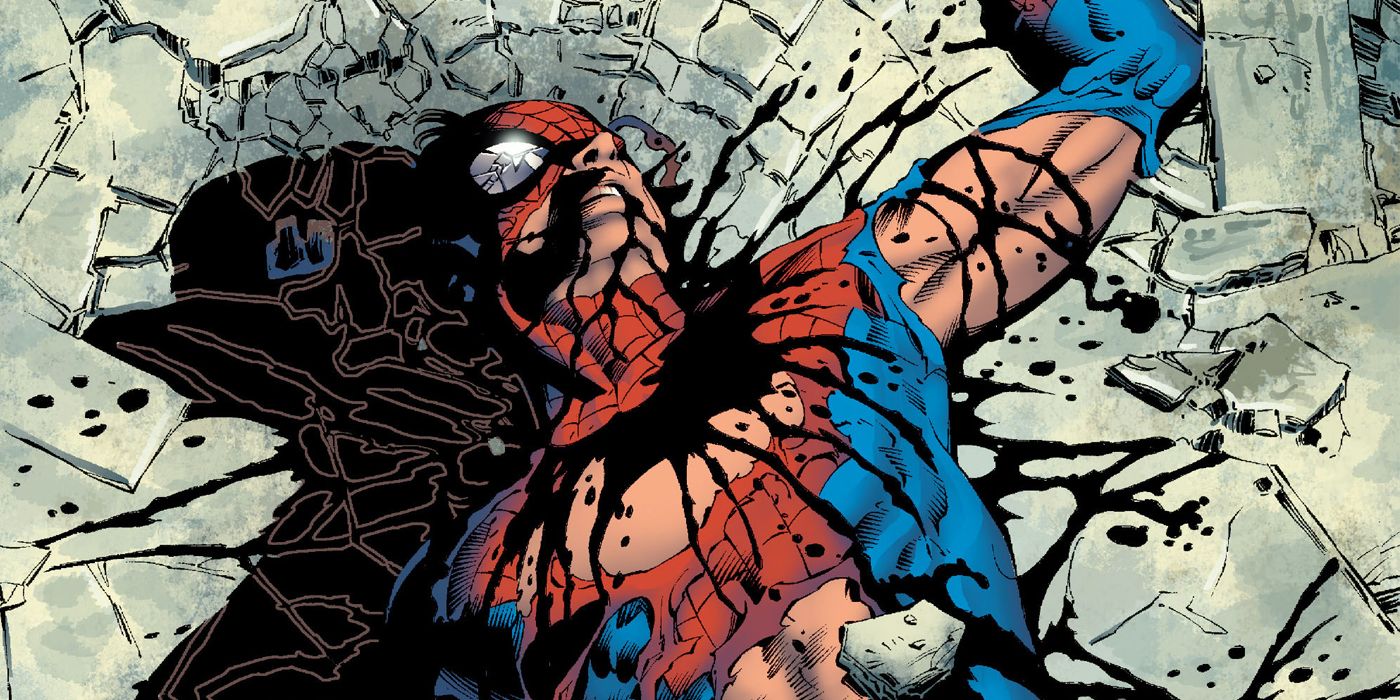As the director of such classics like The Terminator, Aliens, and Piranha 2: The Spawning, as well as the box office behemoths Titanic and Avatar, James Cameron has given us more than his fair share of great movies throughout the years. Now, given that people will undoubtedly be watching and discussing his filmography until the end of time, an unmade Spider-Man film from the '90s won't go down in history as his crowning achievement. But that doesn't mean we can't appreciate the prospect of it nearly happening and sort of wishing it did.
While the current Spider-Man film adaptations have brought the character to life as the friendly neighborhood hero who's fun for the whole family, Cameron had other ideas in mind when he wrote a treatment in the early '90s. The awkward traits which define Parker's personality were applied tenfold to the point where response to his plan for the movie has ranged from fans and commentators praising its boldness, to condemning it for failing to understand the character.
Regardless of where your opinion stands, there's no denying that Cameron sought to weave his own web by bringing something different to the table. Even though the movie didn't get made, its influence is present in the Spidey adaptations which followed, starting with Sam Raimi's in the early 2000s.
With Homecoming now upon us, we thought now would be the perfect time to look back and dig up 15 Things You Didn't Know About James Cameron's Spider-Man.
15. SPIDERMAN & MARY JANE GOT JIGGY ON THE BROOKLYN BRIDGE
The scriptment for Cameron’s Spider-Man contains a couple of scenes of a sexually charged nature. The first comes after Peter is bitten by the radioactive spider, only to wake up the next morning covered in his own webbing. Later on, he proceeds to use his new special powers to spy on his crush and future love interest, Mary Jane, getting changed in her bedroom. It then culminates with Spidey and Mary Jane getting it on atop the Brooklyn Bridge after our hero beats up her abusive boyfriend, Flash.
To add to the romance, Peter/Spidey describes the mating habits of spiders while they're getting it on: "Courtship among the spiders is highly ritualized. It varies from species to species. The male spider may circle the female, or wave his front legs... to signal that he is not prey.'' It doesn't sound creepy at all, does it?
While these scenes are comically bizarre with moments of creepy, the decision to explore the type of sexually curious psyche that's commonplace in teen movies was an interesting touch.
14. IT WAS ORIGINALLY A CANNON PROJECT
In 1985, infamous B-movie studio, Cannon Films, agreed to pay Marvel $225,000 to option the rights for a Spider-Man screen adaptation. However, Menahem Golan and Yoram Globus, who owned the company, didn’t understand the character and their original plan was to make a monster movie based on their warped misconception of our hero, which would have featured Peter as an eight-armed mutated monster with suicidal thoughts. According to director Joseph Zito, “they thought it was like The Wolf Man.’’ Suffice to say, Stan Lee wasn’t pleased and ordered changes based on a treatment of his own.
After subsequent rewrites coupled with the company’s string of big budget flops, the project remained in development hell until Cannon finally closed its doors due to their heavy financial woes. However, if Superman IV: The Quest for Peace showed us anything, it's that Cannon’s track record was less than stellar when it came to superhero adaptation.
Still, a Cannon Spider-Man movie would have been a camp classic and it’s a shame we never got to see a Spider-Man Peter as a mutant with self-loathing issues.
13. ARNIE AS DOCTOR OCTOPUS
After working together on both Terminator movies and True Lies, Arnold Schwarzenegger was one of Cameron’s stalwarts back in the day. Therefore, it was only natural that the Austrian Oak was linked with a role in his Spider-Man adaptation, with the rumor mill tipping him to play the villainous Doctor Octopus.
In an interview with Empire Magazine in 2012, Arnie revealed that there was some interest, although nothing concrete ever materialized from it. "It never got there because he had a battle with the studio and they went in a different direction.'' As the film never had a script green-lit by the studio, the casting choices were never truly set in stone.
The prospect of Arnie as Doctor Octopus sounds intriguing, and surely it would have gone down better than his portrayal of Mr. Freeze in Batman and Robin.
12. THE VILLAINS WERE VARIATIONS ON ELECTRO AND SANDMAN
The main villains in Cameron's scriptment are Electro and Sandman, although they go by names Carlton Strand and Boyd, respectively. Inspired by capitalism and the growing age of information, Strand is a Trump-lite corporate type whose abilities allow him to absorb data just by touching computers. Unfortunately, he can't touch human beings unless he wants to kill them. He leads an organization of criminals and mutants, and given that Spidey isn't exactly normal by society's standards, he tries to recruit him.
Sandman initially approaches Spider-Man on behalf of Strand to join their network, but when our hero rejects, they go out of their way to make his life an inconvenience.
Lance Henriksen was linked to play Electro while Michael Biehn was attached to star as Boyd after initially being touted for the lead role.
11. ORGANIC WEB-SHOOTERS
One of the significant changes Cameron made to Spider-Man's origins pertained to how he got his web slinging powers. In the comics, Peter created his own web-shooters, but Cameron instead opted to for an organic explanation, stemming from radioactivity.
“I had this problem that Peter Parker, boy genius, goes home and creates these wrist shooters that the DARPA labs would be happy to have created on a 20-year program,” said the director. “I said, wait a minute, he’s been bitten by a radioactive spider, it should change him fundamentally in a way that he can’t go back.”
The organic web-shooters were one of several elements which made it into the David Koepp screenplay which Sam Raimi adapted in 2002. Speaking of...
10. ELEMENTS OF THE STORY CAN BE FOUND IN RAIMI’S FIRST FILM
Although James Cameron and his co-writers do not have any credits on Sam Raimi's first Spider-Man, traces of their DNA can be found all over it. For a start, the aforementioned biological origins of Peter's web slinging abilities was kept.
Other moments that were kept include Peter waking up not needing his glasses and developing some impressive abs, Mary Jane as his love interest, and Uncle Ben's death at the hand's of a carjacker. In Cameron's scriptment, however, Peter catches the robber responsible for his uncle's demise and hands him over to the authorities.
While other parties involved put up a fight to be compensated and acknowledged for their contribution's to Koepp's story, Cameron remained indifferent. Due to the massive success of Titanic, he didn't exactly need the money or the notoriety. When asked about it, he said, ”I didn’t feel that injured… slighted, but not injured.''
9. IT WAS ABANDONED BECAUSE THE STUDIO WENT BANKRUPT
Cannon's Spider-Man adaptation was abandoned because the studio spent too much money on a series of big budget flops. Unfortunately for Spidey, the curse of the big budget flop followed him to Carolco Pictures, whose success in the '80s and early '90s following hits like the Rambo series and the Terminator movies was undone following box office disasters like Cutthroat Island and Showgirls.
Furthermore, the company was known for being overly generous when it came to spending on their stars; it was reported that Arnie received a whopping $14 million for his work on Total Recall and T2, while Sly Stallone received a similar sum for his films.
In 1995, the studio filed for bankruptcy, which led to the eventual formation of C2 Pictures. Furthermore, with the rights to Spider-Man embroiled in an ugly legal battle, Cameron moved on to pursue other projects.
8. THE SPIDEY POWERS WERE A METAPHOR FOR PUBERTY
The scriptment describes Peter as "your basic sexually pent-up adolescent" and the metaphors for his awkward changes in the script aren't exactly subtle. Take this proposed scene for instance: "Something is causing the sheet to stick to him. He lifts it, revealing a sticky, white mass completely covering him, gluing him to his bed.'' It doesn't take a biology teacher to work out what that's reminiscent of.
In addition to the obvious comparisons to puberty, the script is chock-full of moments involving Peter going through changes. Despite his heroic nature, Peter doesn't have it all figured out by any means; his overall outlook is like that of a social outcast and a teenage boy trying to come to terms with new found responsibilities in spite of his awkwardness and insecurities.
It's arguably the deepest examination of the character in a proposed screen adaptation to date.
7. EDWARD FURLONG AND LEONARDO DICAPRIO WERE FRONTRUNNERS FOR THE LEAD
There has only been a small web of actors who have donned Spidey's spandex throughout the years, but the ones who missed out for whatever reason are arguably more intriguing than those who've played our arachnid hero. Cameron, however, had some pretty interesting choices in mind for his arachnid hero.
After impressing as the young John Connor in Terminator 2: Judgment Day, Cameron considered the Edward Furlong for the lead role in 1996. But he wasn't the only one. Prior to that, Aliens' star, Michael Biehn was also attached, only to be linked later with the role of a villain later. That said, after the success of Titanic and Leonardo DiCaprio's rise to super stardom, he was also in the mix.
In an interview with Empire Magazine in 2015, Leo discussed the mild interest over two decades ago. “I know he was semi-serious about doing it at some point, but I don’t remember any further talks about it. We had a couple of chats. I think there was a screenplay that I read, but I don’t remember. This was 20 years ago!”
6. LAWSUITS
When Cannon collapsed, Menahem Golan carried the rights to Spider-Man over to his new company, 21st Century. When Carolco licensed the rights from him, it was under the agreement that he would get credited as a producer. However, as part of an agreement Cameron had in place with Carolco following Terminator 2, he had final say over how his films were advertised, and he wanted no association with a man whose reputation wasn't exactly esteemed. In 1993, Golan instigated legal action against Carolco for not honoring their agreement.
It wasn't just Carolco who had a stake in the rights, however - Sony and MGM also had their hands in the pot. When the latter acquired the rights to 21st Century's library, they sued Marvel over fraudulent practice when they initially optioned the rights to Cannon. Furthermore, Sony claimed to have owned it all along, and the drama de-motivated Cameron from actively pursuing the project afterwards.
In Rebecca Keegan's book, The Futurist: The Life and Films of James Cameron, he revealed, "Here I am working on Spider-Man and it turns out that there’s a lien against the rights and Sony’s got a piece of it and Carolco doesn’t really own it even though they think they own it,''
5. SPIDER-MAN: THE ANIMATED SERIES WAS MADE TO ACCOMPANY THE FILM
Spider-Man: The Animated Series, which originally aired on FOX Kids from 1994 – 1998, was created to coincide with the release of Cameron's film. As such, the beginning of the series lacked an origin episode that explained how Spider-Man got his powers because it was assumed the film would go ahead and explain everything. To make up for the missing information, Spidey explains his origin in the episode "Make a Wish".
Because Cameron’s film was set to feature Electro and Sandman as the main villains, they were left out of plans for the series initially. When the movie was eventually canceled, Rheinholt Kragov's iteration of Electro appeared in one of the episodes, but the absence of Sandman meant that one of Spidey's most well-known villains was missing throughout.
Fortunately for the show, it didn't need any move preceding it to succeed. To this day, it's widely regarded by fans as one of the best animated shows of all-time.
4. STAN LEE APPROVED OF CAMERON’S VISION
Stan Lee might have been unhappy with Cannon’s original plans to turn Peter into mutated monster, but he did approve of Cameron’s vision to turn him into an awkward, foul-mouthed pervert at least. The legendary comics creator has publicly stated his approval couple of times, telling Rebecca Keegan that, “It was the Spider-Man we all know and love, yet it all somehow seemed fresh and new.”
That's not all, however. Back when the project was in its infancy back in 1991, Lee proclaimed that "Spider-Man is destined to be the biggest, boldest, baaaaadest block-bustin’ bombshell of a super hero action extravaganza ever to hit the screen!” Those are some mighty big words, and Lee's seal of approval goes a long way.
Throw in bridge sex and Arnold Schwarzenegger as Doc Ock, and this movie could have been something special.
3. THE DAILY BUGLE ISN’T FEATURED
Since first appearing in Fantastic Four #2 55 years ago, The Daily Bugle has been a fixture in many different Marvel stories. That said, the newspaper has featured prominently in Spider-Man and many spin-off tales to the point where it's arguably most associated with tales involving our arachnid pal.
Owned by J. Jonah Jameson, the newspaper is famed for its anti-superhero policy and campaigns to smear the crusaders at any opportunity they get. As a result, it's been the source of some great satire and media commentary throughout the years. For fans of Raimi's movies, most will agree that J.K. Simmons' portrayal of the grouchy owner is an absolute delight and a highlight of the series. Cameron, however, had different plans for the character.
In his scriptment, The Daily Bugle isn't featured. Instead, the chosen media correspondence is a TV station that's owned by Jameson.
2. CAMERON DREAMED OF MAKING A SPIDER-MAN MOVIE SINCE NINTH GRADE
In recent years, Cameron has stated that he has no interest in joining the Marvel Cinematic Universe, or any superhero universe for that matter. While he did play a small part in bringing Deadpool to life and has also praised Zack Snyder for his work in the DC world, it would seem that the director is only interested in establishing his own projects these days. That said, when he previously tried to adapt Spidey for the big screen, the project was a labor of love dating back to ninth grade.
In an interview with Collider in 2014, he said, "When I was a kid: to me there were all the superheroes and then there was Spider-Man. So having not gotten Spider-Man, it’s not like I’m looking around for the next comic book character.''
With Avatar sequels seemingly on the horizon for the foreseeable future, it's unlikely that he'll even find the time to change his mind.
1. THE FILM WOULD HAVE BEEN R-RATED
Cameron's ideas marked a significant departure from the typical family-friendly nature of other Spider-Man movies and television, and his proposed treatment presented a much darker origin story than the Spider-Man fans were accustomed to.
In addition to the bridge sex scene, Peter being a creepy little peeping Tom, and the not-so-subtle references to the messier side of adolescent development, the script was also littered with F-bombs - particularly the mother of all F-bombs. For example, "I'll kill you! Motherf***r! You hear me?! You're dead, you sick b*****d!''
Darker takes on superhero properties aren't uncommon in this day and age, but we've yet to see a dark, gritty and somewhat perverted take on Peter Parker. Although some Spider-Man stories have dealt with controversial subject matter and themes, screen adaptations have been light and fun so far. If anything, Cameron's experiment would have been intriguing.
---
Would you like to have seen James Cameron's Spider-Man? Let us know in the comments.

